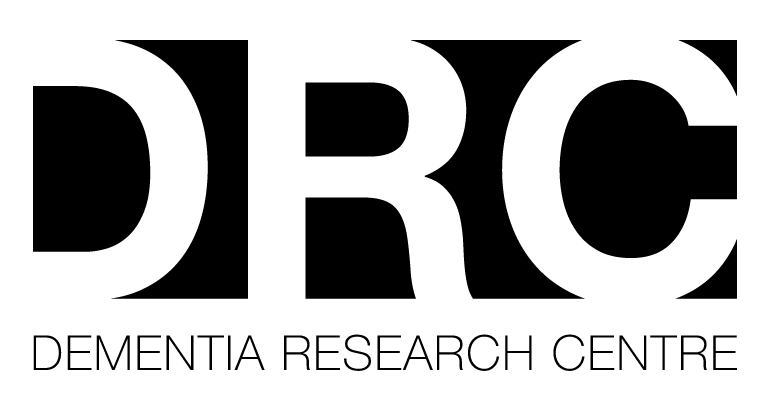- White matter disease study
Jo Barnes and her collaborators work together to collectively try to understand the impact of white matter disease on the presentation and progression of Alzheimer’s disease.
White matter disease may be an early and key feature of Alzheimer’s and therefore developing measures that accurately and robustly measure white matter disease is extremely important. Jo works closely with Carole Sudre, based at the Centre for Medical Image Computing (CMIC) and the MRC Unit for Lifelong Health and Ageing at UCL (LHA), who has automated the extraction of specific features of white matter disease. Jo supervises students including Phoebe Walsh who is assessing the pathological correlates of white matter disease and Lloyd Prosser who is investigating the long-term predictive ability of white matter disease to determine clinical progression.
For more information, please visit the White Matter Disease project page.
- TMS in Alzheimer's disease
Patients with Alzheimer’s disease are usually prescribed Donepezil; a medication that works by boosting the function of certain brain cells. We want to assess how effective Donepezil is by using a technique called transcranial magnetic stimulation (TMS).
TMS involves stimulating a small part of the brain using a magnetic pulse, which results in a brief (about 1 second) and painless twitch of hand muscles.
The study uses two sets of TMS experiments on the same day: one before, and one after, the daily dose of Donepezil is taken (NB: healthy volunteers will not take the Donepezil). This is repeated two weeks later.
Recruiting people with Alzheimer’s disease and healthy volunteers.
- Ultra-high resolution MRI study in Alzheimer's disease
In order to understand Alzheimer’s disease and the impact it has on the brain, it is necessary to gain a deeper insight into how the disease changes the microstructure of the brain. To date, this can only be done by using invasive methods or post-mortem studies.
However, new ultra-high resolution MRI scanners and methods produce much more detailed and higher quality images which are able to pick up the subtle changes diseases cause in the brain. These new scanners and methods promise exciting new possibilities in the way we diagnose and treat diseases, meaning they could not only transform clinical research but also patient care.
We expect that using ultra-high resolution MRI scanners and methods will allow researchers now, and clinicians in the future, to see brain changes linked to Alzheimer’s disease without using invasive methods. This opens up the possibility to see disease-related changes earlier than previously possible, study how these changes differ in different forms of Alzheimer’s disease and ultimately decrease the burden on the patients. For more information on this study please click here.
 Close
Close


